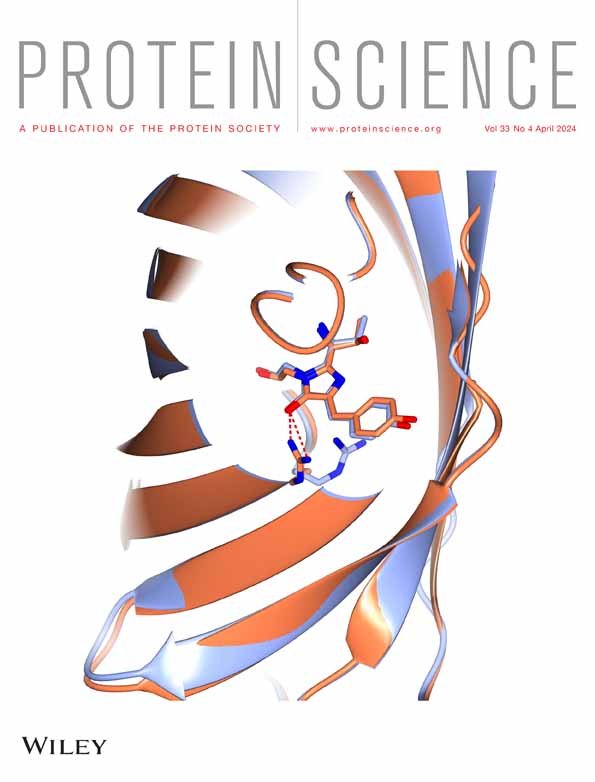Protein Sci. 2024 Apr;33(4):e4953. doi: 10.1002/pro.4953
Disrupted protein interaction dynamics in a genetic neurodevelopmental disorder revealed by structural bioinformatics and genetic code expansion
Valerio Marino1, Wanchana Phromkrasae2, Michele Bertacchi2, Paul Cassini2, Krittalak Chakrabandhu2, Daniele Dell’Orco1, Michèle Studer2
Affiliations
1Department of Neurosciences, Biomedicine and Movement Sciences, Section of Biological Chemistry, University of Verona, Verona, Italy.
2Université Côte d’Azur, INSERM, CNRS, iBV, Nice, France
Abstract
Deciphering the structural effects of gene variants is essential for understanding the pathophysiological mechanisms of genetic diseases. Using a neurodevelopmental disorder called Bosch-Boonstra-Schaaf Optic Atrophy Syndrome (BBSOAS) as a genetic disease model, we applied structural bioinformatics and Genetic Code Expansion (GCE) strategies to assess the pathogenic impact of human NR2F1 variants and their binding with known and novel partners. While the computational analyses of the NR2F1 structure delineated the molecular basis of the impact of several variants on the isolated and complexed structures, the GCE enabled covalent and site-specific capture of transient supramolecular interactions in living cells. This revealed the variable quaternary conformations of NR2F1 variants and highlighted the disrupted interplay with dimeric partners and the newly identified co-factor, CRABP2. The disclosed consequence of the pathogenic mutations on the conformation, supramolecular interplay, and alterations in the cell cycle, viability, and sub-cellular localization of the different variants reflect the heterogeneous disease spectrum of BBSOAS and set up novel foundation for unveiling the complexity of neurodevelopmental diseases.
DOI: 10.1002/pro.4953

